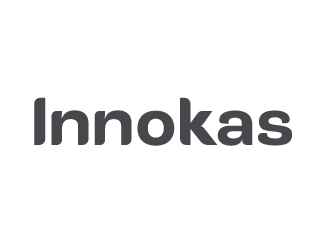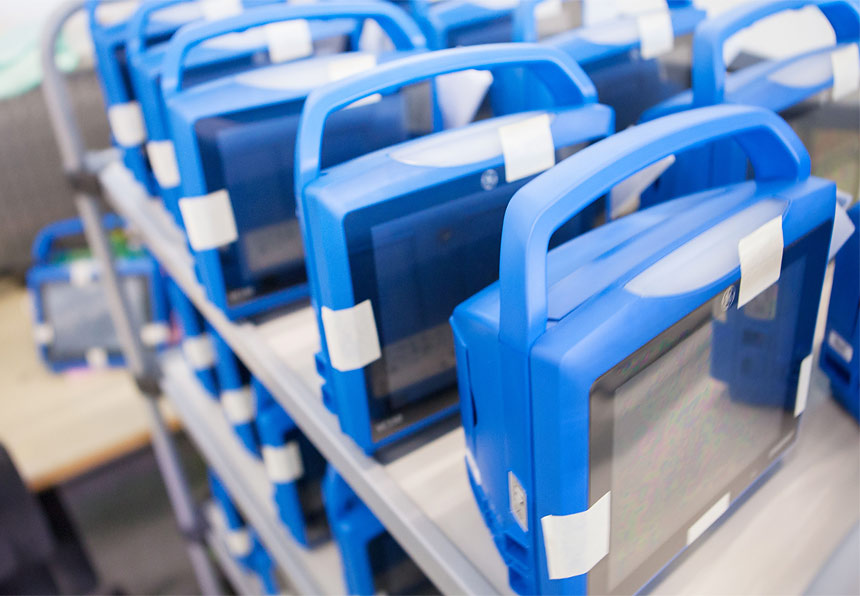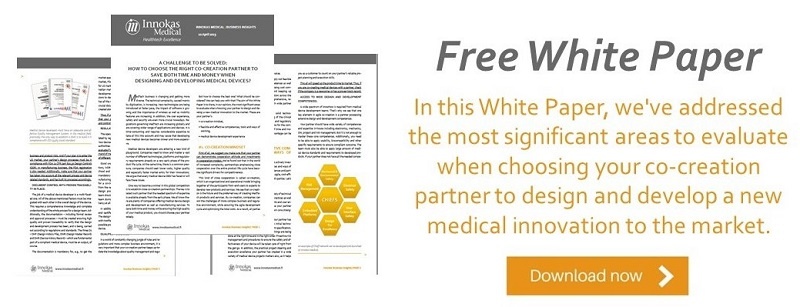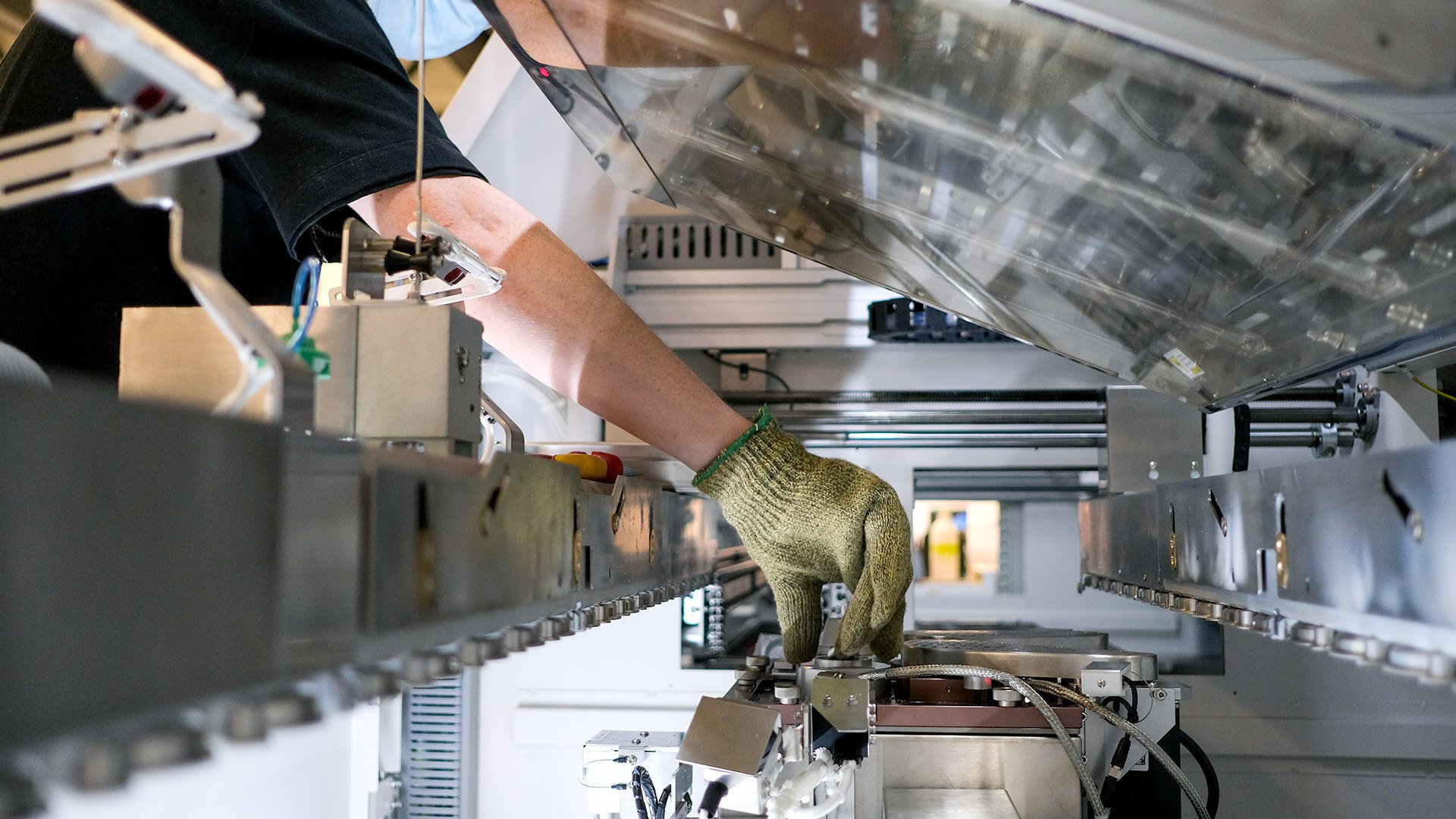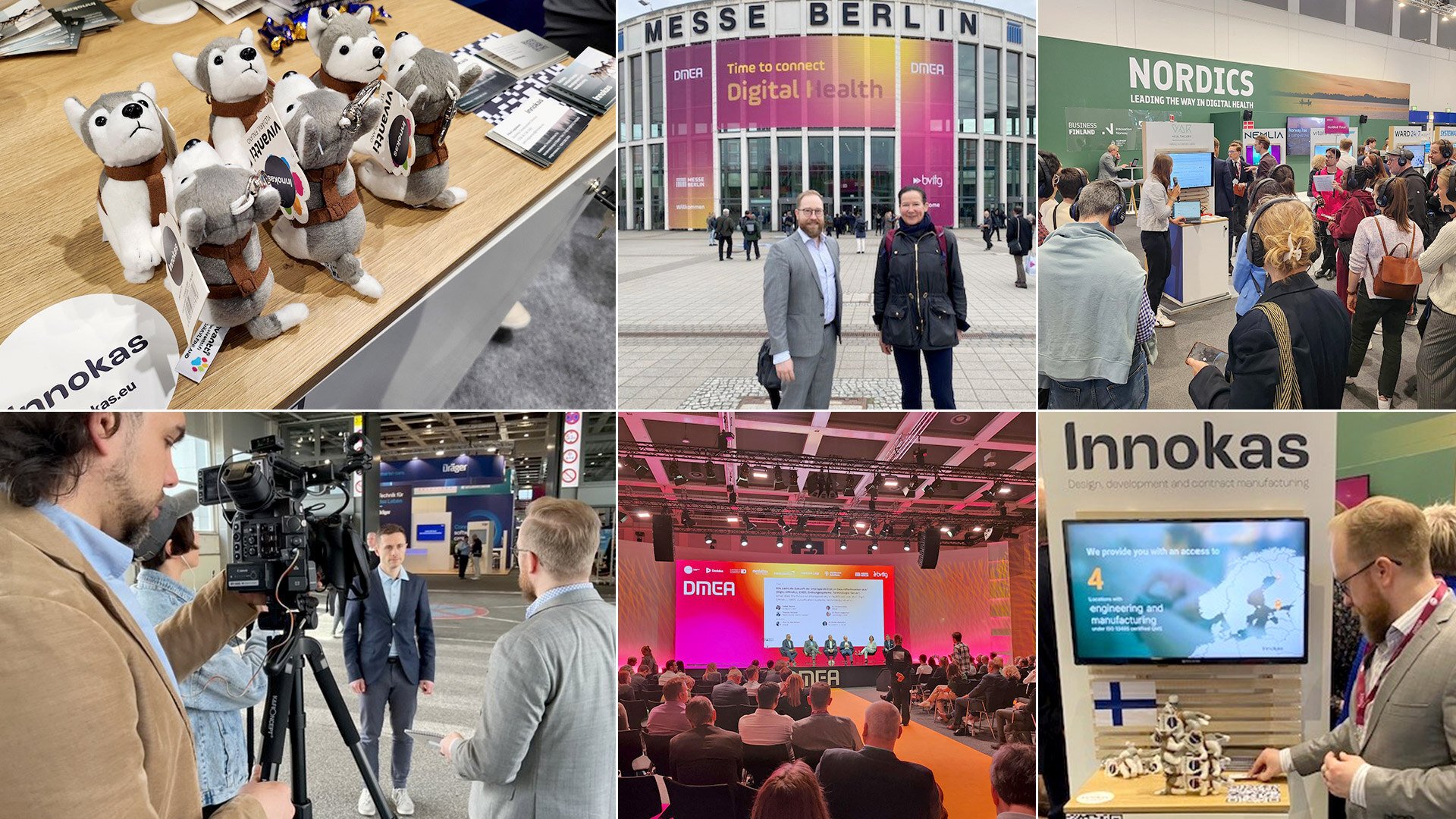MedTech as business is changing and getting more complex. For example, the technical complexity and regulatory requirements are something that are increasing as we speak. In addition, the user experience, safety and security are even more crucial nowadays.
Thus, medical device developers need to know and master a vast number of different technologies, platforms and regulatory requirements already on a very early phase of the product life cycle. At the same time, there is a common pressure; companies should seek lower costs, higher quality and especially faster market entry for their innovations.
One way to become a winner in this global competition is to establish close co-creation partnerships. The key is to select such a partner that the needed spectrum of expertise is available already from the early phase.
In addition to co-creation, we’ve evaluated that feasible and effective competences, tools and ways of working play a key role in achieving more agile path for getting innovation into reality. Thus, we’d say that you or your partner should actively invest in and contribute to the best practices and ways of working – in processes, tools, competences and partner networks. These assets will ensure more agile, cost-efficient and flexible ways of operating for both parties.
How? Well, let’s take a closer look on these areas!
The domain specific maturity allows you to focus on your own core strengths
Developing medical devices requires variety of technical competences, customized tools, best practices as well as understanding of regulatory requirements and user environments. If you don’t have this kind of know-how in-house, we suggest you partner with someone who has. The deep practical experience your partner has allows you to focus on your own core strengths.
To help you already at the idea phase, your partner has to be able to advice and challenge you on initial technology choices, intended use and requirement specification. This will help you to ensure that the right things are being done at the right time and in the right order. Proactive risk management and procedures to ensure the safety and effectiveness of your device will be taken care of right from the start. In addition, the practical project steering and execution excellence your partner has created in a wide variety of medical device projects matters also, as it helps you as a customer to count on your partner’s reliable project planning and execution skills.
This all will speed up the product time to market.
Extensive design and development competences as one key element in agile co-creation
A wide spectrum of know-how is required from medical device development teams. That’s why we see that one key element in agile co-creation is a partner possessing extensive design and development competences.
This means that you or your partner should have wide variety of competences and expertise in-house including electronics, mechanics, SW, project and risk management. But it is not enough to master these core competences. Additionally, you need to be able to apply usability, biocompatibility and other specific requirements to ensure compliant outcome. You must also be able to apply large amount of medical device standards and requirements to developed products.
If you co-create with a partner and they do not have all the needed competences in-house, ask them to introduce you to the partner network they’re connected with.
Added value through cross-functional expertise
Design and development expertise is not enough for comprehensive co-creation. According to our experience, the agile path from idea to high-quality design, regulatory approvals and finally cost-efficient manufacturing is only possible when you have access to all the needed competences throughout the device life cycle. Thus, we suggest you evaluate your partner candidate’s total service offering.
Even if you’re only looking for R&D co-creation partner in the first place, we encourage you to consider the added value the full-service provider can offer you. As an example, decisions that are made during the product design process will have a huge impact on the manufacturability and total cost of the product. However, especially in smaller companies, there might be a bit limited knowledge and know-how of how to take manufacturability matters into account during the design phase. This may easily lead manufacturing being carried out using inefficient and outdated methods.
And the same applies to regulatory know-how that is needed; you should recognize the regulations affecting the whole product life cycle already in the idea phase of the design. This is because, e.g., the intended use and the classification of the device have a significant impact on the laws, standards and regulations as well as on the needed documentation the authorities require.
Your full-service co-creation partner can offer you the early involvement of e.g. manufacturing, sourcing as well as quality and regulatory functions. This guarantees that all those as well as domain specific requirements are considered already in the early phase – and during each life cycle of the product. This will help to avoid nasty surprises in the late phases of the project, shortens the time to market and reduces the total cost of the product.
Modern tools and ways of working can make the difference
Also make sure that your partner is actively investing in and contributing to the best practices and ways of working – in their vision, processes and tools. Usually, this will ensure more agile, cost-efficient and flexible ways of operating for all parties. But also remember that it is not just the tools that are important - it is HOW they are used, trained and kept up-to-date with changing business and regulatory requirements.
Additionally, make sure that your partner company is using modern product development models, which take the co-creation, complex business environment and constantly increasing regulatory requirements into account. These modern ways of working mean more agility, more transparency and more value. One example is a white paper discussion where we state that one approach to shorten the development cycle of medical products is to apply three commonly known methodologies of product development to medical devices: Design Thinking, Lean Start-up, and Agile. According to our experience, medical domain can greatly benefit from these three methodologies by incorporating the customer’s voice as well as speed and agility from the development of digital services, where these methodologies have been widely used. Our vision emphasizes co-creation throughout the whole design and development phase.
Co-creation is the winning formula and brings benefits for everyone
We see that feasible and effective competences, tools and ways of working can really make a difference. They straightly effect on achieving more agile development cycle for medical devices.
But these aren’t, of course, enough. When designing and developing next generation medical devices to the market, you should choose the most optimal co-creation partner who provides most value to your business. And there is much more that should be considered when choosing your partner, than the feasible and effective competences, tools and ways of working.
So how to choose the optimal one? What else should be considered? We can help you with that! Download our brand new, Free White Paper where we share, in our opinion, the most significant areas to evaluate when choosing your partner to design and develop a new medical innovation to the market!

